Changing Jewelry
With all of the jewelry options out there, it’s no surprise that people want to know how to change their own jewelry. Some options are easier than others and some require tools. No matter what option you choose though, we are always happy to educate you so you feel supported and good about doing it on your own.
Jewelry Options
It depends on the piercing that you have but some of the most common jewelry types are labret studs, barbells, hoops, horseshoes, and curved barbells. In these types, there are also different styles – threadless, externally threaded, and internally threaded. Threadless is when the top/gem has a little pin on the end that slides into the base/barbell. The pin has to be bent so that it stays put. These can be very easy to change on your own but we do recommend having a piercer help you with the initial bend. External is when the base/barbell has the threading and fits into the ball/top. That leaves internal which is threading on the ball/top and screws the base/barbell. Both internal and externally threaded jewelry can be done without a tool. You just have to grab onto the base with two fingers and then use two fingers on your opposite hand to twist the bead to your left.
Hoops are a little different. There are some with threading but most of time, you’ll find captive bead rings and hinged hoops. Captive bead rings have a ball to close off the circle that is held in with pressure. Hinged hoops have a swivel hinge to help open and close and then snaps together to securely close. Captive bead rings are a lot easier with tools but that’s not to say you can’t change them without one. People have their preferences but typically hinge hoops are the best option for a hoop that you want to change on your own.
Nostril piercings have their own style of jewelry that don’t necessarily fit into the most common types of basic jewelry. If you’re looking for nostril jewelry, you’ll typically find fishtail screws, L-bend, nose bone, and labret studs. The fishtail jewelry has a curve at bottom to help hold it in, the l-shapes are just that, an L. Labret studs have a post with a flat back and a top that can screw in or be bent to fit. Labret studs are a great option for those that like to change their jewelry on their own because the post can stay put in the piercing and you just have to get the hang of swapping out the top. There are also nose bones which is a straight post with a ball on the end opposite of the gem.
Leave It to the Professionals
We recommend leaving the changing of some piercings to the professionals. If you want to change a dermal, for instance, we have a tool specifically designed to do so. If you try to change these on your own, you can end up turning the boot underneath the skin which can start your healing over at 0.
Wait Until It’s Healed
New piercings are done with jewelry that is longer or larger to allow for moderate swelling. Every person and piercing heals differently and there is no way to tell how much you’re going to swell beforehand. Every person on our staff can empathize with the fact that once you get a new piercing, you just want to get that shorter, fitted piece of jewelry in right away but the ultimate truth is that piercings require care, patience, and time to heal. Piercings can take 6 months to 1 year or longer to FULLY heal. This doesn’t mean that you have to keep your jewelry in for that long but that does give you an idea of the care that they require. We recommend keeping any oral piercings (Lip, Tongue, Monroe, Labret, Medusa/Philrum) in for at least 6-8 weeks before changing the jewelry. Some others such as any cartilaginous part of the ear (Rook, Tragus, Rim, Conch, Daith, Snug, etc) or Navels should be left to hear for about 6 months before changing them. If you have any questions about how long your original jewelry should stay in before changing, please contact us. We’re always happy to help!




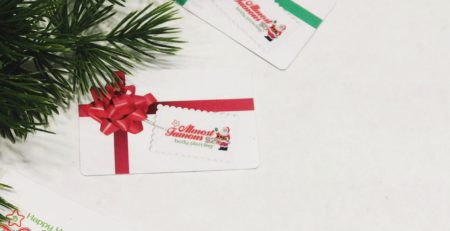
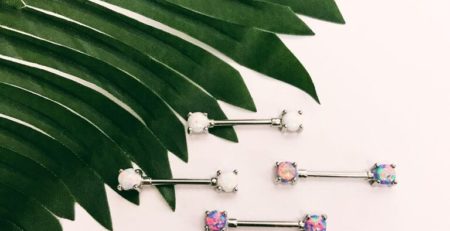
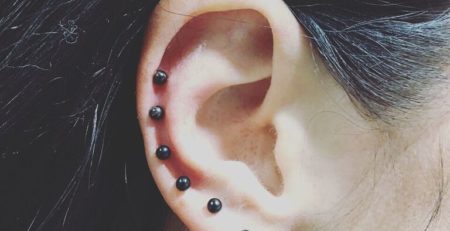
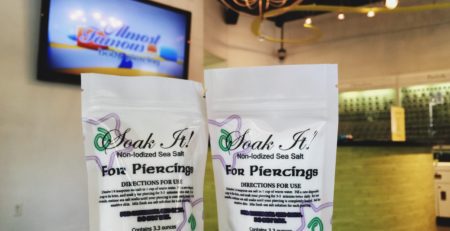



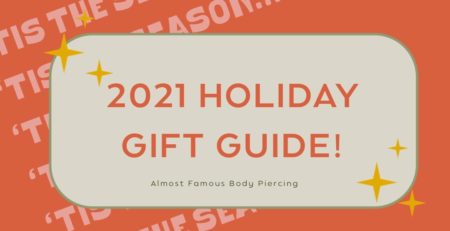
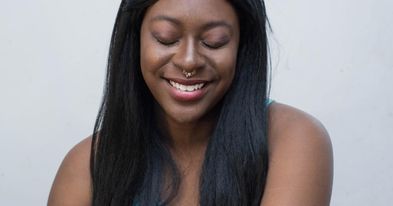

Leave a Reply